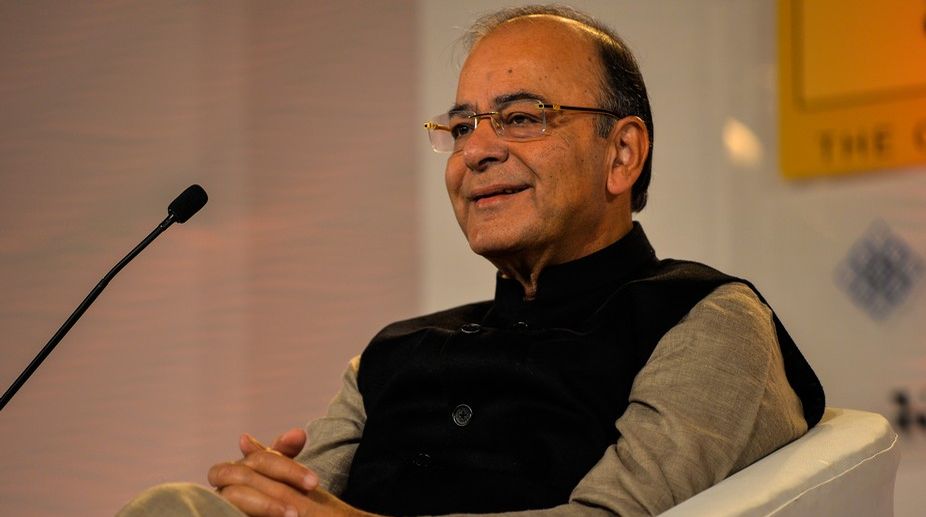Union Finance Minister Arun Jaitley on Friday said that India of today is defined by openness to change and gender parity is coming to the fore.
"India is more open to change than any other country and where the nature of the economy was defined by ideas, knowledge and the depth of innovation," he said after releasing 'Gender Parity index', a study report commissioned by FICCI Ladies Organisation (FLO) to evaluate gender diversity and empowerment of women in the formal sector in India.
Jaitley further said the pre-1991 India was controlled, where businesses manufactured what they were advised to produce.
"Post-1991 India has seen the growth of an aspirational society where there is a yearning amongst people to unleash their creative capacities," he said, but added that the illustrative examples of excellence in various fields were not enough.
"In fact, these tantamount to tokenism. Yet, this is changing and it was most visible in award functions of universities where an overwhelmingly large number of awardees were female students," he said.
In the event, Jaitley gave away ICON Awards to Hindustan Times Group Chairperson & Editorial Director Shobhana Bhartia, Fashion Designer Anita Dongre, Housing Development Finance Corporation Managing Director Renu Sud Karnad, director, producer, actor & choreographer Farah Khan; Apollo Hospitals founder and chairman Dr. Prathap C. Reddy, and wrestler and Olympic coach Mahavir Singh Phogat, who inspired the film "Dangal".
The Gender Parity Index measures where an organisation stands vis-A-vis others while presenting a step-by-step guide to achieve higher levels of gender parity in different dimensions.
FLO President Vinita Bimbhet said: "A number of global indices focus on empowerment of women and gender parity; however, most of them look at the subject from a macro view; almost all quantify the dimensions of control over resources and outcomes. None address gender parity at a micro level, in the formal sector."












